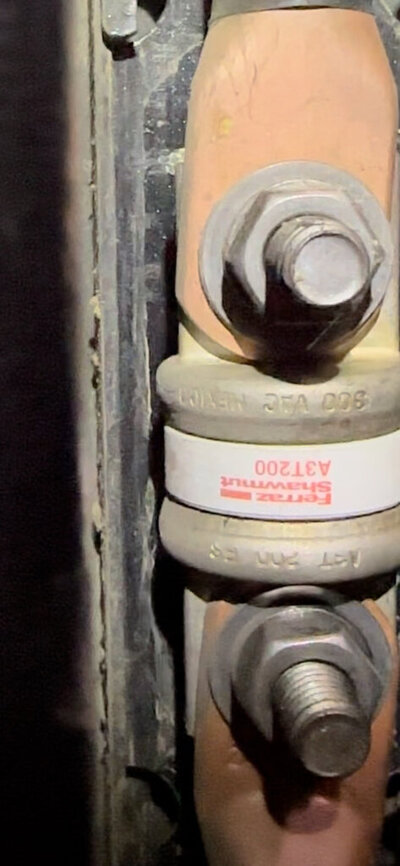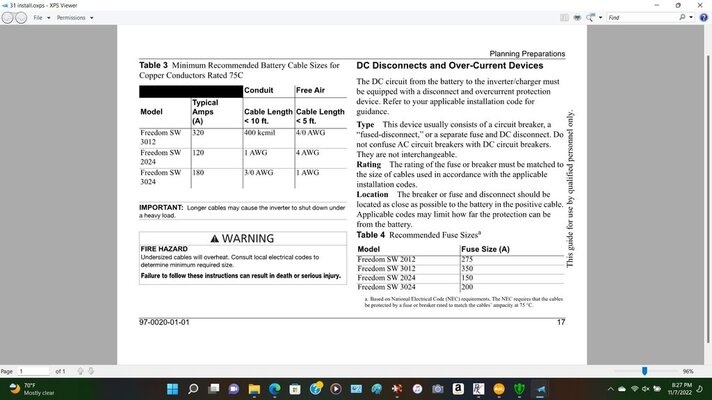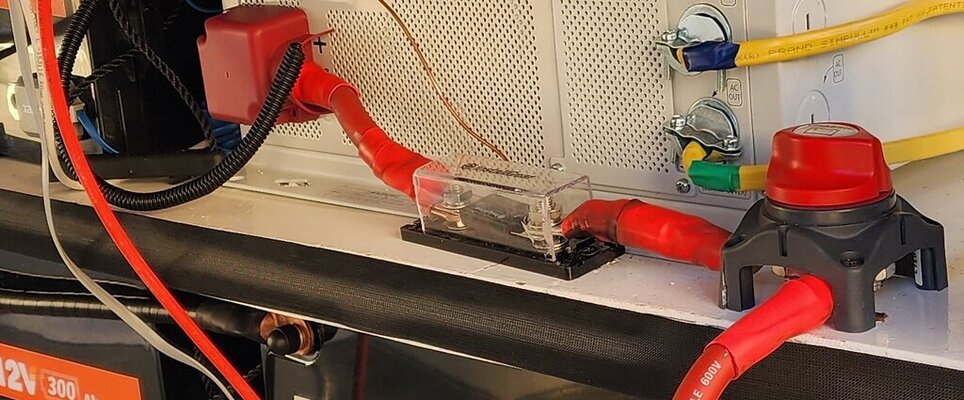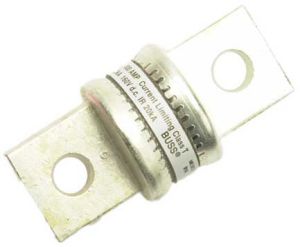I have a xantrax freedom 458 2000 watt inverter that is connected to a battery bank of 4 6 volt deep cycle batteries connected so that they equal 2 12 volt batteries. There is a fuse that connects the two that is blown. It is labeled A3T200. I am wondering if I can replace this fuse with a breaker of some sort, so if this problem occurs again I can just reset the breaker. Have included a picture of the fuse. From one side the inverter comes in and the other side goes to the battery bank.
Attachments
Last edited:







